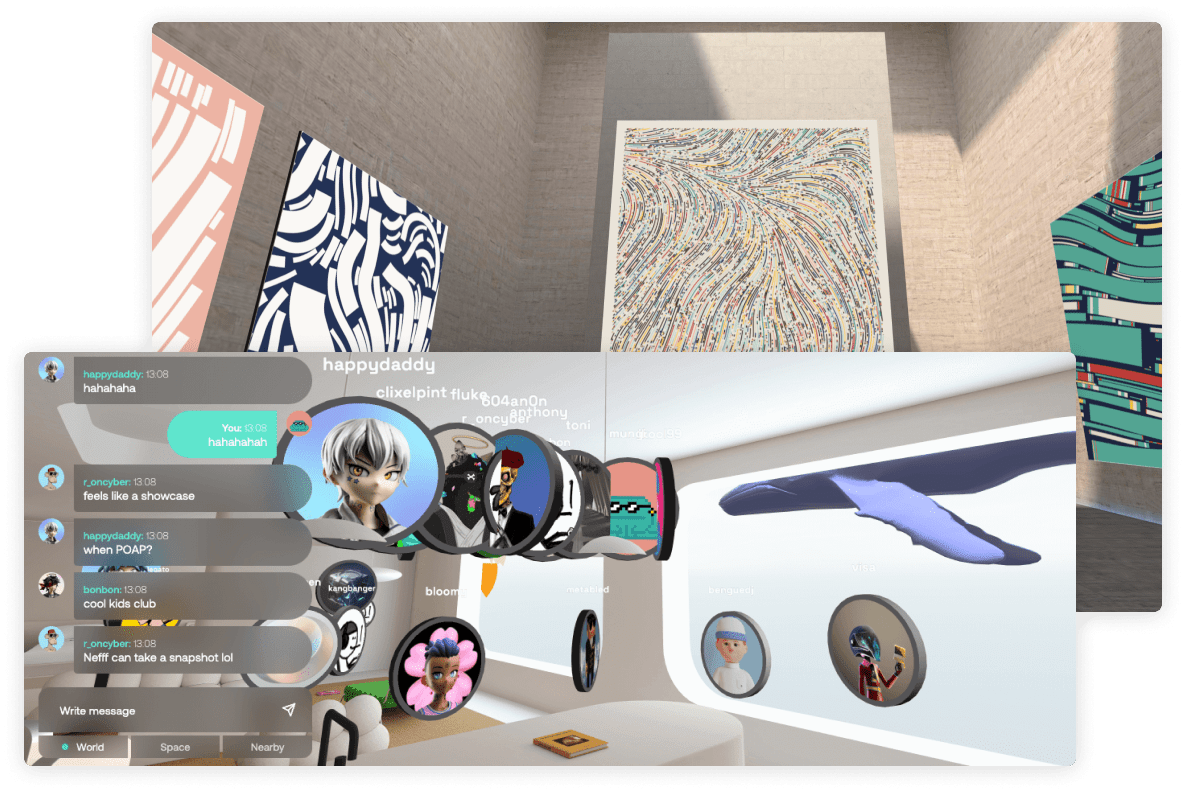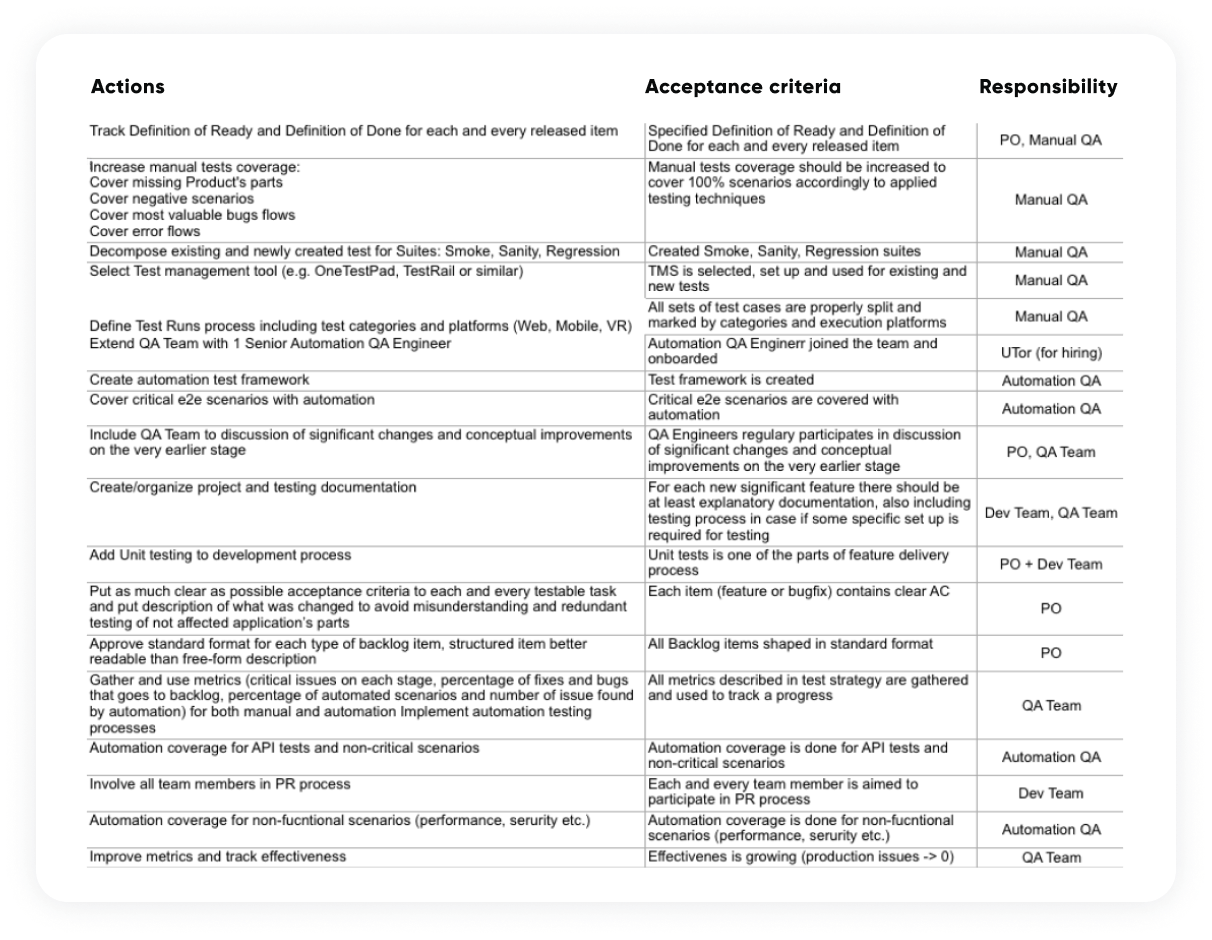
QA Strategy for Scaling an NFT Project

Client
oncyber is a platform for creators, gallerists, and collectors to share, purchase, and exhibit NFTs.

Client Goals
Reduce critical defects before release
Improve the QA process to speed up releases
Reduce the number of user complaints
Project overview
Client
oncyber
Region
USA
Industry
Cryptocurrency, NFT, Digital Art Gallery
Type of project
Web product
Scope of work
- QA Audit
- Creating a Test Strategy
- Manual Testing
- Automation Testing
Company size and stage
Midsized, validated MVP with investments, ready to scale.
Company profile
We'd like to hire someone who's able to take care of end-to-end testing (manual and automated) for all the big releases that are planned. Should have experience with testing in 3D as well as traditional web.

Youssef El Ghourfi
Head of Product oncyber
oncyber founder Rayan and Head of Product Youssef were facing defects in their production environment. They decided to implement manual and automation end-to-end testing into the development process to solve the problem.
However, the oncyber team didn’t have a QA strategy or a plan for how to implement automation and manual testing into a workflow. UTOR provided a QA audit to reveal the specifics of the existing process and adjust the strategy according to the needs and requirements of the project.
1 product owner
Agile approach
6 developers
No CI/CD process
1 designer
No QA process, no QA engineers in the team. Developers spend their time on testing.
Challenges
The client’s team did not have professional quality assurance engineers. The developers, the project manager, and the founder were testing the product themselves.
Absence of established software testing process.
Absence of a QA strategy and proper test documentation.
An increasing number of defects in the production environment (10-20 unique issues per week, including critical).
The team did not understand how to implement the QA process within their development flow.
Collaboration process
Solutions
1.
A detailed testing strategy for half a year to build a solid quality assurance process with the involvement of professional quality control engineers.
2.
An action plan for two months of work with tasks assigned to QA engineers, so the client team knows which direction to move in and what to do regarding the test process.

3.
In terms of quality to avoid defects in production recommendations from UTOR QA experts on how to change the development process.
4.
Documents with information on how to start automation testing on the project, what resources and tools to use, and what metrics to implement and track.
To support a team of six developers, we recommended hiring two QA engineers: one full-time manual QA to support upcoming releases and one automation QA working with the JavaScript stack. We also assigned a quality assurance mentor to oversee the testing strategy implementation.
Results
Created a QA strategy for the next six months based on project goals
Created test documentation
Set testing metrics
Set a solid base for automation testing
Created an internal QA team that identifies critical bugs before new releases
At the end of the QA audit, the oncyber team had a vision of what to do next with regard to QA and testing processes, and as a result, confidence in the future of their product.

Youssef El Ghourfi
Head of Product oncyber
Are you confident about the quality management of your product?
Schedule a call to reveal any quality gaps in your process.
